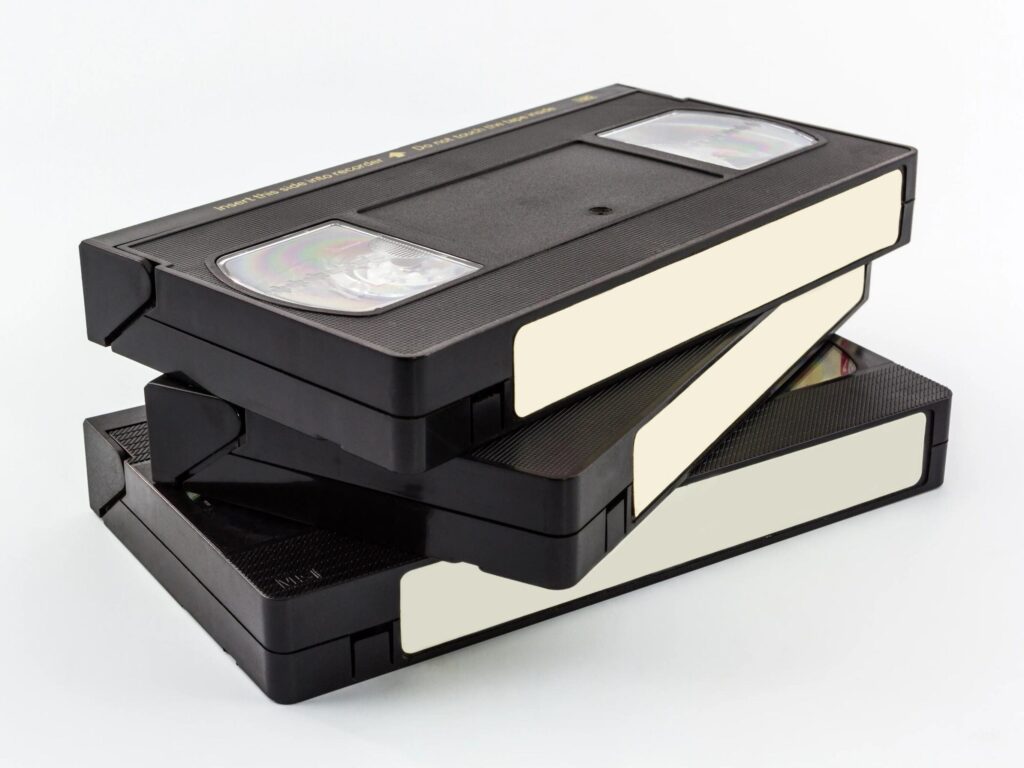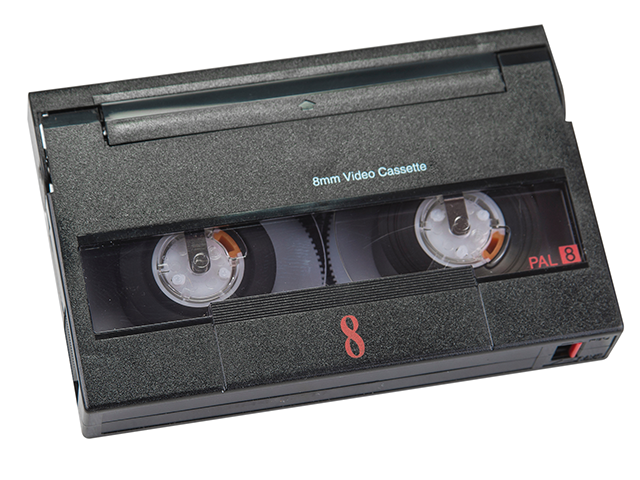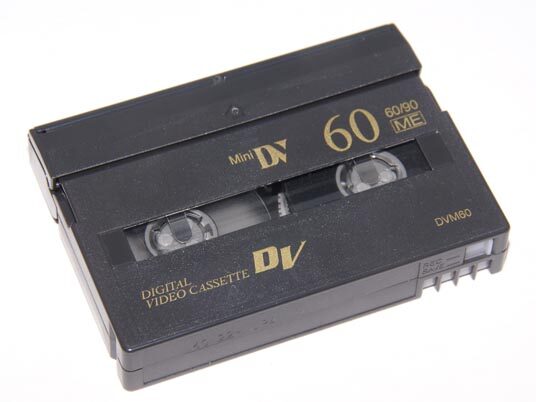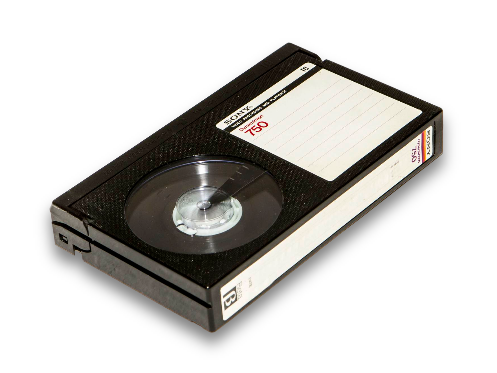VHS / S-VHS
The VHS (Video Home System) is a standard for consumer-level analog video recording on tape cassettes, invented in 1976 by the Victor Company of Japan (JVC). It was the dominant home video format throughout the tape media period in the 1980s and 1990s. Super VHS, commonly known as S-VHS, is an improved version of the VHS standard.

VHS-C
VHS-C is the compact variant of the VHS videocassette format, introduced by Victor Company of Japan (JVC) in 1982, and used primarily for consumer-grade compact analog recording camcorders. The format is based on the same video tape as is used in VHS, and can be played back in a standard VHS VCR with an adapter.

8mm/ Hi8 /
Video8/ Digital 8
The 8mm video format refers informally to three related camcorder videocassette formats. These are the original Video8 format and its improved successor, Hi8, as well as a more recent digital recording format known as Digital8.

MiniDV
MiniDV camcorder tapes were designed to be a standard for home video using digital data instead of analog. Compared to the analog VHS and Video8/Hi8 formats, MiniDV features a higher video resolution. MiniDV cassettes measured just 6.35 mm/¼ inch, making them ideal for video cameras and rendering older analog formats obsolete. In the late 1990s and early 2000s, DV was strongly associated with the transition from analog to digital.

BetaMax
Betamax is a consumer-level analog recording and cassette format of magnetic tape. It was developed by Sony and was released in Japan on May 10, 1975, followed by the US in November of the same year. Betamax is widely considered to be obsolete, having lost the videotape format war, which saw its closest rival, VHS, dominate most markets. Though Betamax tapes had higher quality image, the longer VHS tape ultimately became the standard.
